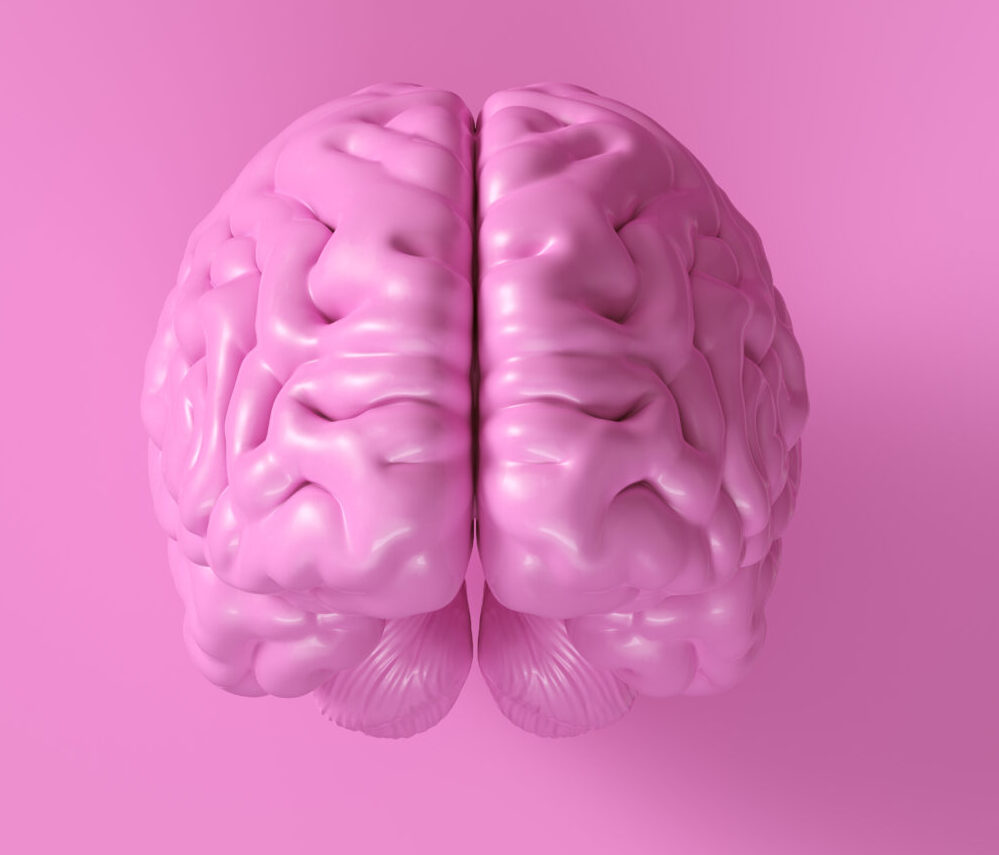Exploring the Role of Synaptic Cytoskeletal Dynamics in Alzheimer’s
### Exploring the Role of Synaptic Cytoskeletal Dynamics in Alzheimer’s
Alzheimer’s disease is a complex condition that affects the brain, causing memory loss and cognitive decline. One of the key areas of research in understanding Alzheimer’s is the role of synaptic cytoskeletal dynamics. In this article, we will delve into what synaptic cytoskeletal dynamics are and how they might contribute to the development of Alzheimer’s.
#### What is Synaptic Cytoskeletal Dynamics?
Synaptic cytoskeletal dynamics refer to the changes in the structure and organization of the cytoskeleton within synapses. The cytoskeleton is a network of proteins that provides structural support and shape to cells. In neurons, the cytoskeleton plays a crucial role in maintaining the structure and function of synapses, which are the connections between neurons where chemical signals are transmitted.
#### How Does It Relate to Alzheimer’s?
In Alzheimer’s disease, the cytoskeletal dynamics at synapses are disrupted. This disruption can lead to problems with synaptic function and communication between neurons. Here are some key points about how synaptic cytoskeletal dynamics relate to Alzheimer’s:
1. **Mechanical Stability**: Research has shown that a protein called talin, which is involved in maintaining mechanical stability at synapses, interacts with another protein called amyloid precursor protein (APP). APP is a key player in Alzheimer’s disease because its misprocessing can lead to the formation of amyloid plaques, a hallmark of the disease. The interaction between talin and APP helps maintain healthy synaptic connections, and disruptions in this interaction can lead to synaptic dysfunction[2].
2. **Cytoskeletal Remodeling**: The cytoskeleton is dynamic and constantly changing. In healthy brains, this remodeling helps synapses adapt and strengthen connections. However, in Alzheimer’s disease, this process is disrupted. For example, the protein Arc, which is involved in synaptic plasticity and memory formation, is aberrantly regulated in Alzheimer’s patients. Arc’s role in chromatin remodeling and gene expression is critical for memory consolidation, but its dysfunction contributes to the pathophysiology of Alzheimer’s[4].
3. **Structural Changes**: The active zone of the presynaptic neuron, where neurotransmitters are released, is also affected in Alzheimer’s. Proteins like Bruchpilot (BRP) and CAST1/ERC2 are crucial for the formation and maintenance of this active zone. Disruptions in their assembly and function can impair synaptic transmission and contribute to the disease[3].
4. **Therapeutic Implications**: Understanding the role of synaptic cytoskeletal dynamics in Alzheimer’s opens up new avenues for treatment. For instance, stabilizing focal adhesions, which are protein complexes that anchor cells to their surroundings, could help restore mechanical stability at synapses. This approach might prevent the misprocessing of APP and reduce the formation of amyloid plaques[2].
### Conclusion
Synaptic cytoskeletal dynamics are essential for maintaining the health and function of synapses. In Alzheimer’s disease, disruptions in these dynamics lead to synaptic dysfunction and contribute to the progression of the disease. By understanding how these mechanisms are disrupted, researchers can develop new therapeutic strategies that target the mechanical and structural aspects of Alzheimer’s disease, potentially leading to better treatments and improved outcomes for patients.
—
This article aims to provide a clear and simple explanation of the complex topic of synaptic cytoskeletal dynamics in Alzheimer’s disease, highlighting the key points and implications for future research and treatment.





